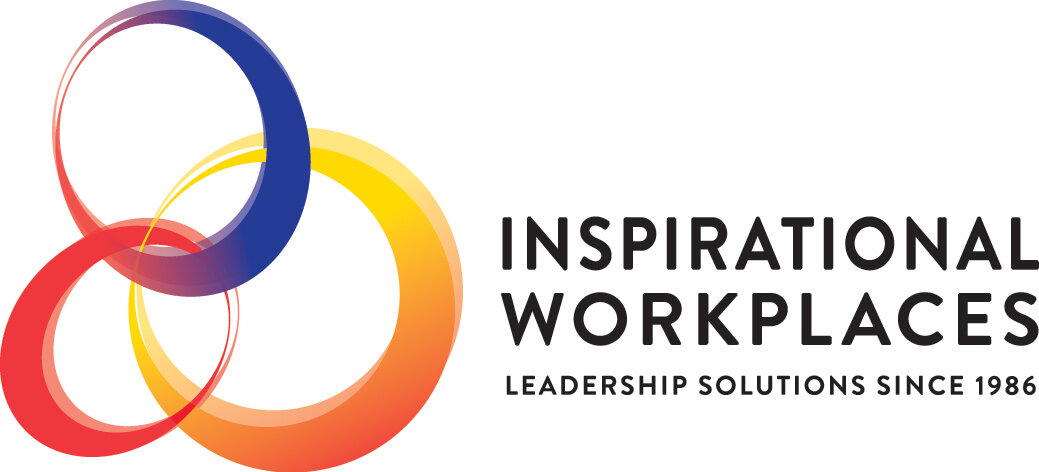
CASE STUDY: LEADERSHIP TEAMS
LEADERSHIP TEAM PROGRAM FOR A ‘SANDSTONE’ UNIVERSITY
Leadership team & individual development for academics at one of Australia's leading universities
(Reading Time is 2 minutes)
Overview
A senior executive who had worked with us at two other client firms invited us to work with the leadership team of a ‘super-faculty’ at one of Australia’s foundation universities. The faculty contributed around 25% of the university’s profitability. A new vision and strategy document for the university was in place and the faculty wanted to align its leadership team’s capability and culture to ensure it could deliver on expectations for change and performance.
Client Objectives
Identify and undertake key faculty initiatives to bring the university’s strategy to fruition
Improve the executive team’s performance and the leadership capability of its members.
Solution
We worked first with the Executive Dean and the HR Director to establish the key goals of the faculty and define the desired leadership capabilities in the context of the university’s culture and competency frameworks. Then we worked with the team together to test the consensus about these things, crystallise their sense of purpose, and decide what they wanted to prioritise for their development. We subsequently attended several of the leadership team’s meetings throughout the year. In each session, we helped the team improve its collaboration and decision-making processes. We also provided models of working with culture and communications to help them align their faculty more with the university’s strategic intentions.
In parallel, we did a ‘deep-dive’ development assessment with each of the team members and created a summary report and development plan with them. Then, interspersed with the team program events, we conducted 1:1 executive coaching sessions to help the individuals improve their leadership skills and their contribution to the team.
Outcomes
The executive team defined its purpose and role clearly for the first time and was able to work with renewed energy and focus on initiatives important for the university’s strategic success.
Each team member worked on their development plan and improved their leadership skills and style during the program. The insight gained through the development assessment process enabled the Executive Dean and HR Director to tailor the opportunities and guidance they provided to each team member.
The Executive Dean developed techniques to manage the team’s direction and process more effectively. These changes contributed to improved communication and consensus during meetings – and to better relationships between team members in general.


